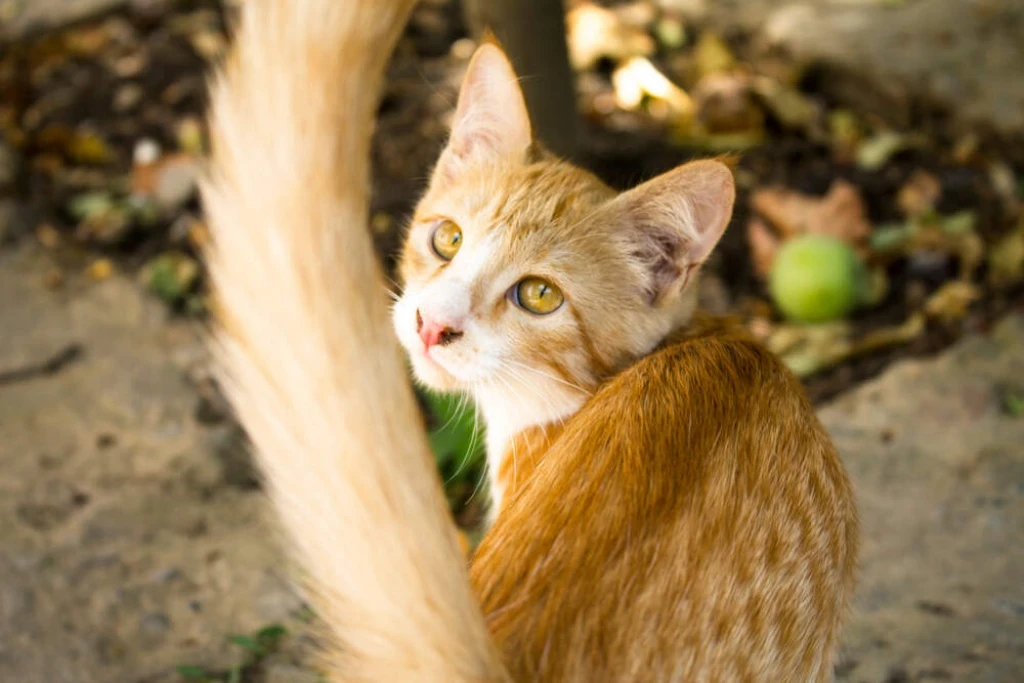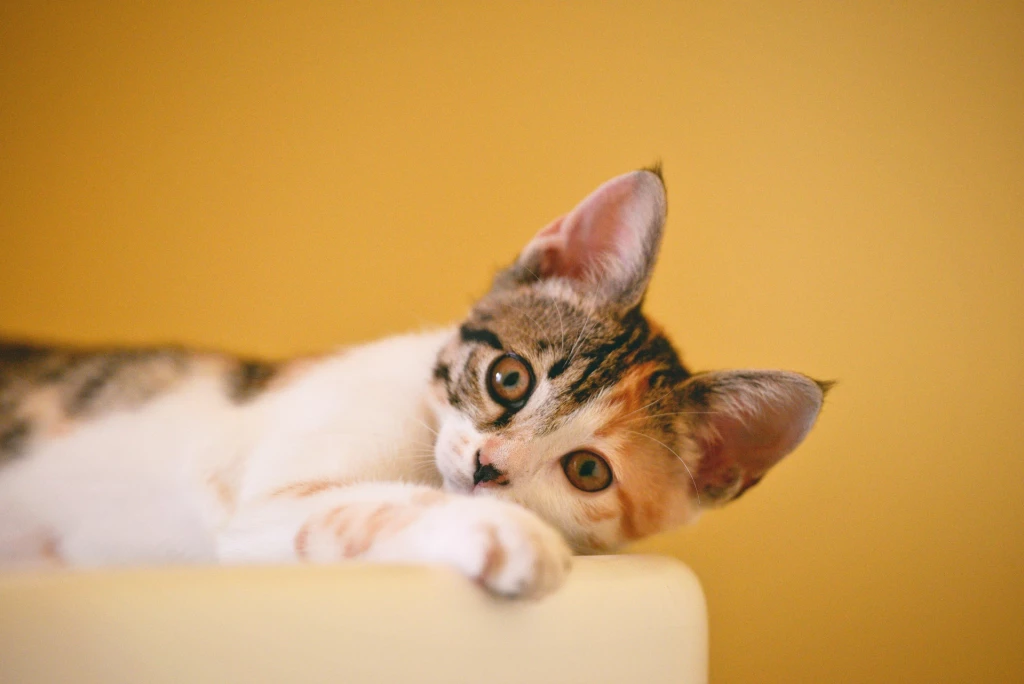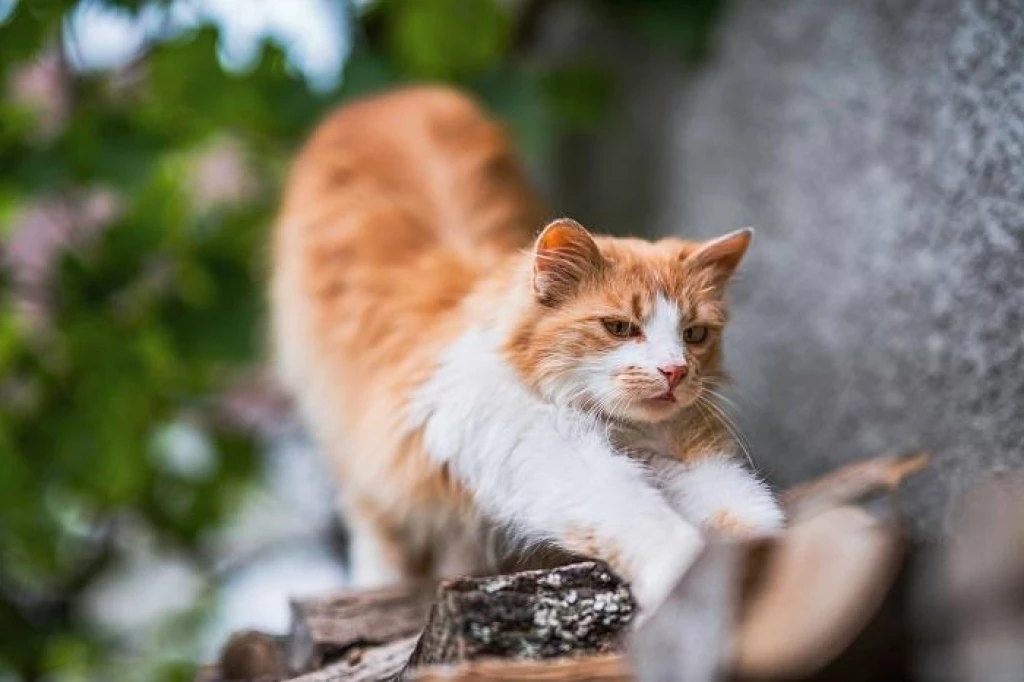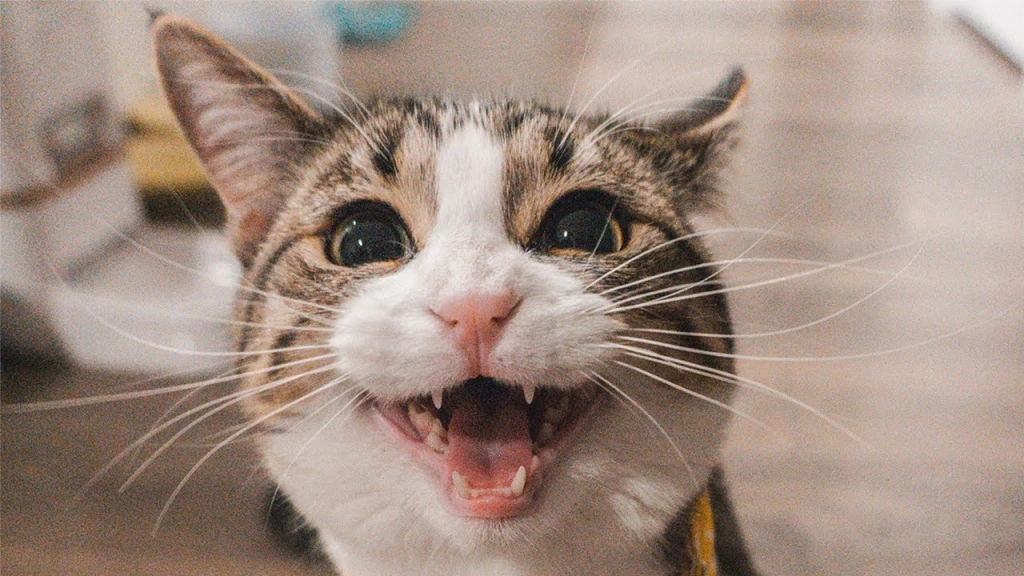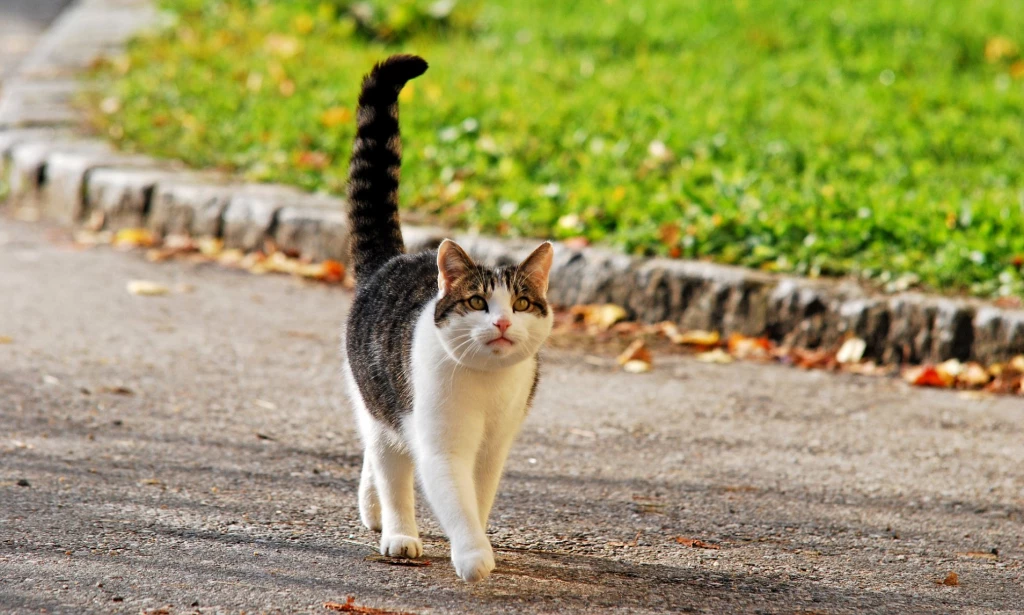Have you ever watched your cat chase his tail and wondered what he was thinking? Is he bored, curious, playful, or something else? Cats are fascinating creatures with complex behaviors and emotions, and their tail is one of their most expressive body parts. But sometimes, their tail can also become their target of interest, and they may chase it for various reasons.
In this blog post, we will explore why cats chase their tails and what it means for their well-being. We will also give you some tips on how to deal with your cat’s tail chasing habits and when to seek professional help. Whether you have a kitten or an adult cat, a tail chaser or not, you will find this blog post informative and helpful. So, let’s dive into the world of cats and their tails!
The Science Behind Tail Chasing
Before we dive into the different reasons why cats chase their tails, let’s take a look at the science behind this behavior. What makes the cat’s tail so special and how does it work?
The cat’s tail is an extension of its spine, consisting of up to 20 flexible and movable vertebrae. The tail is attached to the body by a group of muscles called the caudofemoralis muscles, which allow the cat to lift, lower, and swing its tail. The tail also has several small bones at the tip, which give it extra agility and precision.
The tail is not only a functional body part, but also a sensory organ. The tail is covered with a thin layer of skin that contains nerve endings and sensory hairs called vibrissae. These hairs help the cat detect vibrations, air currents, and temperature changes in its environment. The tail also has glands that produce pheromones, which are chemical signals that cats use to communicate with each other.
The tail plays an important role in the cat’s balance, communication, and expression. The tail helps the cat maintain its equilibrium when jumping, running, or walking on narrow surfaces. The tail also helps the cat convey its emotions and intentions to other cats and humans. For example, a tail held high means confidence and friendliness, while a tail tucked between the legs means fear and submission.
As you can see, the cat’s tail is a complex and fascinating body part that serves many purposes. But why do some cats chase their tails? Let’s find out in the next section.
The Different Reasons For Tail Chasing
Now that we know how the cat’s tail works, let’s explore some of the common reasons why cats chase their tails. As we mentioned before, tail chasing can be either a normal or a problematic behavior, depending on the cause and the frequency. Here are some of the possible scenarios that can trigger tail chasing in cats:
- Playfulness and Curiosity: This is the most benign and common reason why cats chase their tails, especially kittens and young cats. Cats are naturally curious and playful animals, and they enjoy chasing anything that moves, including their own tails. Tail chasing can be a form of entertainment and a way to practice their hunting skills. Cats that chase their tails for fun usually do it occasionally and do not harm their tails. They may also stop if they get distracted by something else or if they get tired.
- Boredom and Stress: This is another reason why cats may chase their tails, but it is more concerning than playfulness. Cats that are bored or stressed may chase their tails as a way to cope with their negative emotions or to release their pent-up energy. Cats that are left alone too often, face changes in their routine or environment, or lack stimulation or socialization may be more prone to boredom or stress. Cats that chase their tails out of boredom or stress may do it more frequently and more intensely than playful cats. They may also bite or damage their tails, which can lead to infections or injuries.
- Medical Issues: This is the most serious reason why cats may chase their tails, and it requires immediate veterinary attention. Cats that have medical issues affecting their tails may chase them as a sign of discomfort, pain, or itchiness. Some of the possible health problems that can cause tail chasing in cats are fleas, skin allergies, infections, injuries, or neurological disorders. Cats that chase their tails due to medical issues may show other symptoms, such as inflammation, irritation, hair loss, bleeding, or abnormal behavior. They may also be more aggressive or defensive when someone tries to touch their tails.
As you can see, there are different reasons why cats chase their tails, and some of them are more worrisome than others. How can you tell if your cat’s tail chasing is normal or not? And what can you do about it? We will answer these questions in the next section.
How To Deal With Tail Chasing
If you have noticed your cat chasing his tail, you may wonder what you can do about it. The answer depends on the cause of the behavior and how severe it is. Here are some general tips on how to deal with tail chasing in cats:
- For Entertainment: If your cat is chasing his tail for fun and does not harm himself or others, you don’t need to do anything about it. You can simply enjoy watching your cat’s silly antics and join in the fun if he invites you. However, if you think your cat is chasing his tail too often or too intensely, you may want to provide him with more playtime and mental stimulation. You can use toys, games, puzzles, or interactive devices to keep your cat entertained and satisfied. You can also try to redirect your cat’s attention to something else when he starts chasing his tail.
- For Boredom or Stress: If your cat is chasing his tail out of boredom or stress, you need to address the root cause of the problem. You need to make sure your cat has enough enrichment in his environment and enough attention from you. You can provide your cat with various toys, scratching posts, hiding places, climbing structures, and windows to look out of. You can also spend quality time with your cat every day, playing with him, grooming him, or cuddling him. You can also create a calming environment for your cat by using pheromone diffusers, soothing music, or aromatherapy. If your cat’s stress is caused by a specific trigger, such as a new pet, a new baby, or a move, you need to help your cat adjust gradually and positively.
- For Medical Issues: If your cat is chasing his tail due to a medical issue, you need to take him to the vet as soon as possible. Your vet will examine your cat and diagnose the problem. Depending on the cause, your vet may prescribe medication, surgery, or other treatments for your cat. You need to follow your vet’s instructions carefully and monitor your cat’s recovery. You also need to prevent your cat from biting or scratching his tail, which can worsen the condition. You may need to use a cone collar, a bandage, or a sock to protect your cat’s tail.
As you can see, there are different ways to deal with tail chasing in cats, depending on the cause and the severity of the behavior. The most important thing is to know your cat well and pay attention to any changes in his behavior or appearance. If you are ever in doubt about why your cat is chasing his tail or if he needs medical attention, don’t hesitate to contact your vet for advice. Your vet is your best ally in keeping your cat healthy and happy.
Conclusion
We hope you enjoyed this blog post about why cats chase their tails and what you can do about it. We learned that cats chase their tails for different reasons, such as playfulness, curiosity, boredom, stress, or medical issues. We also learned how to tell if your cat’s tail chasing is normal or not, and how to deal with it accordingly.
By understanding your cat’s tail behavior, you can better communicate with your cat and provide him with the best care possible. Remember, if you ever have any concerns about your cat’s health or behavior, always consult with your vet for professional guidance.
